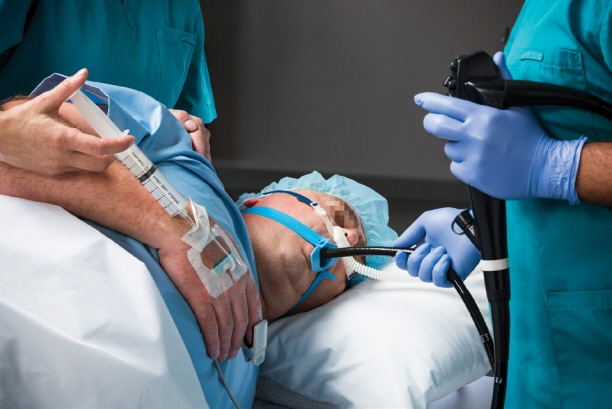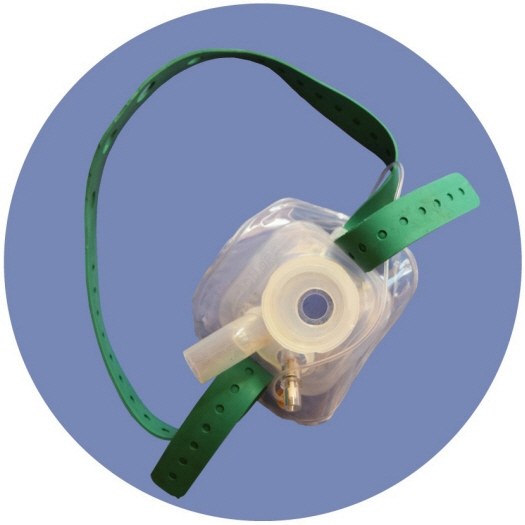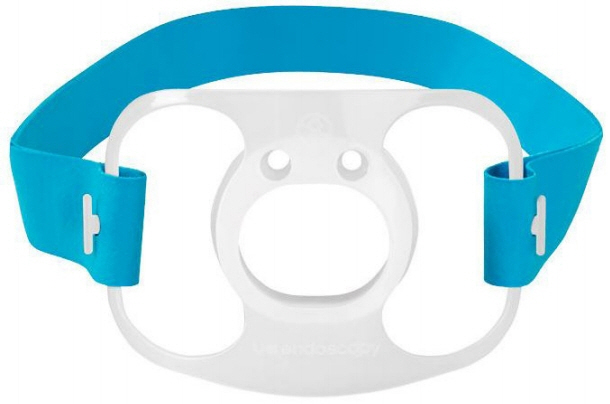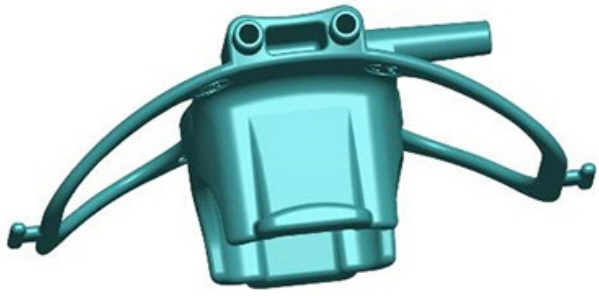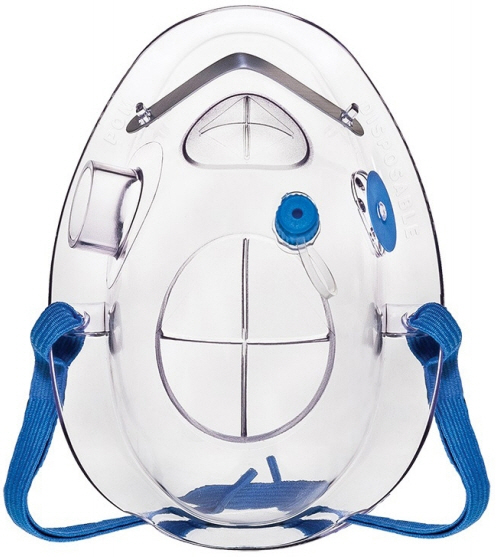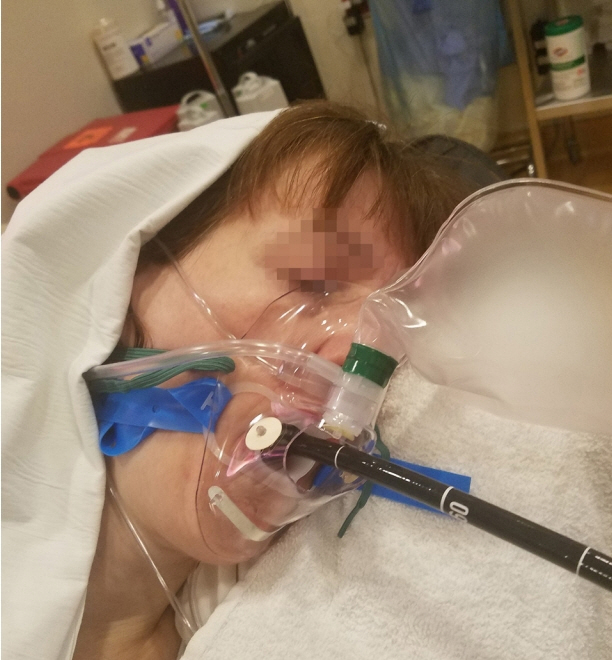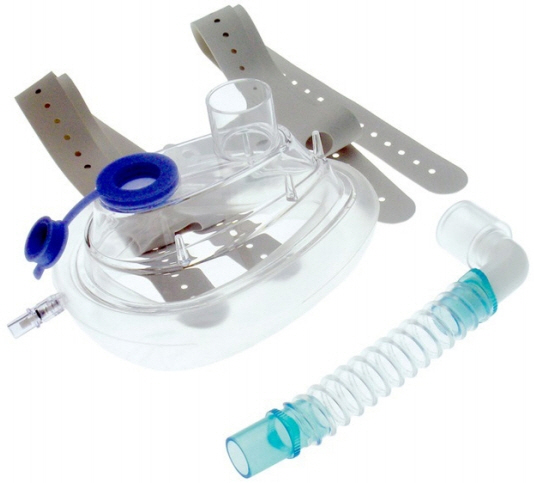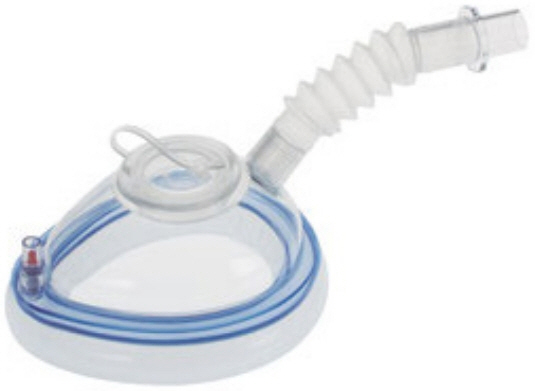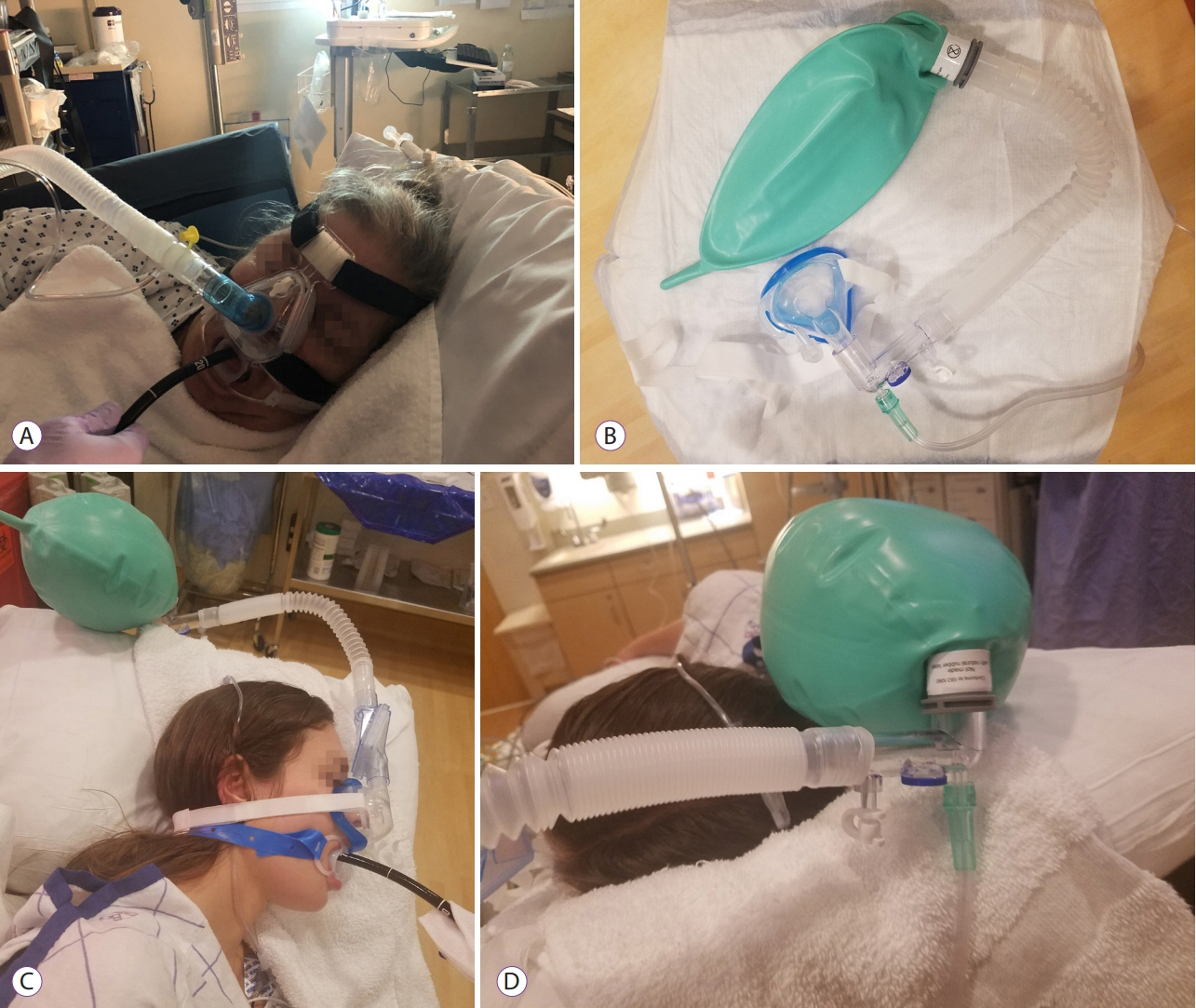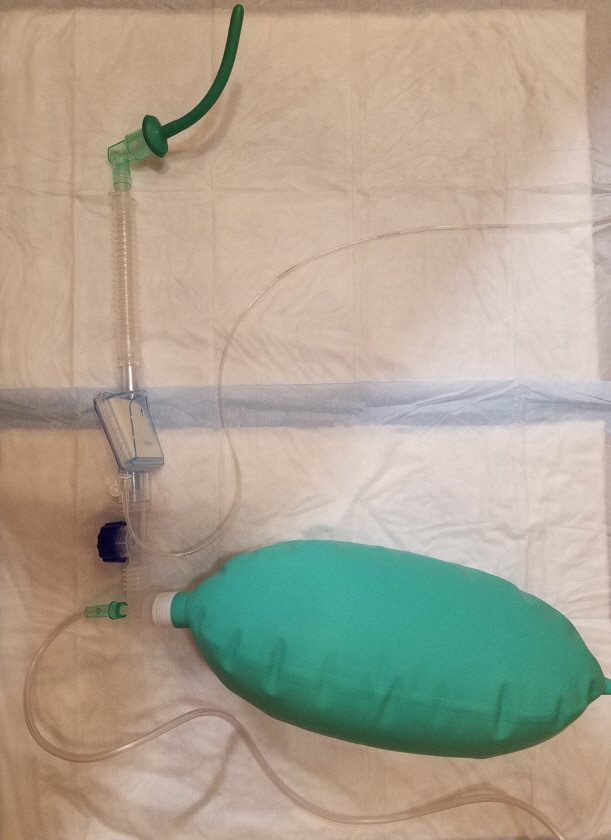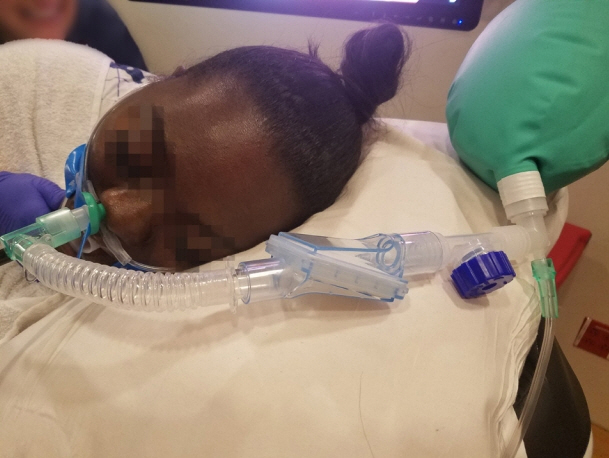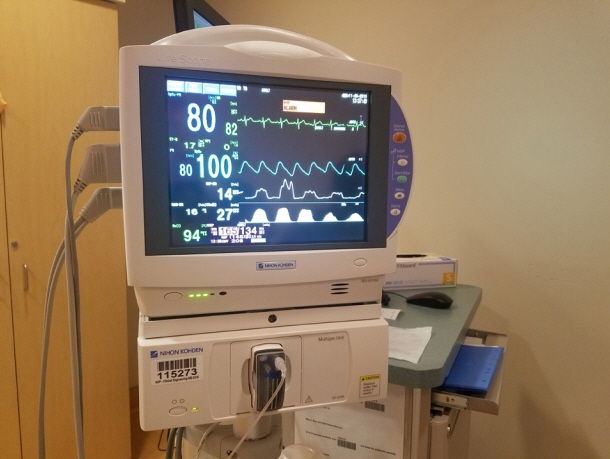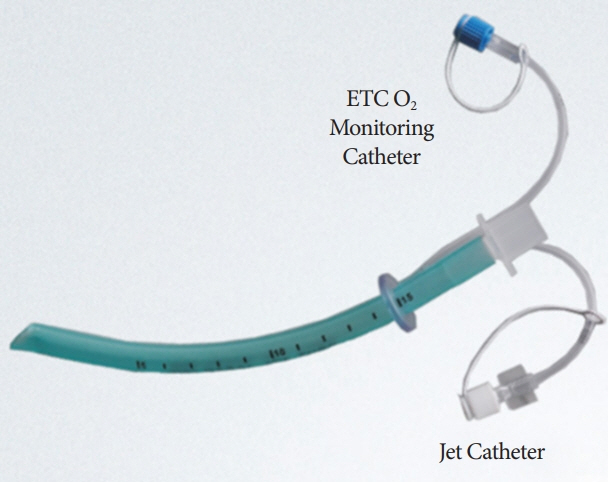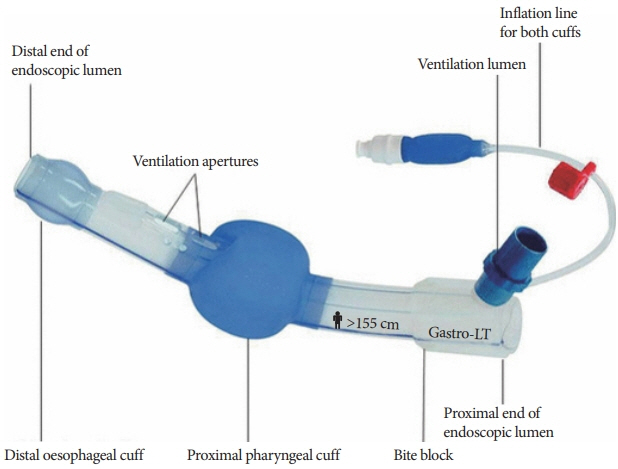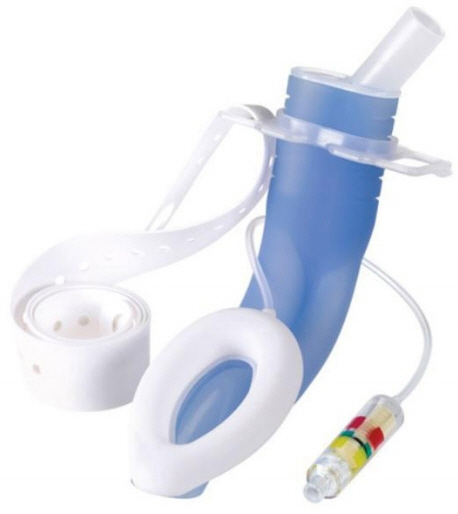Clin Endosc.
2021 Mar;54(2):182-192. 10.5946/ce.2020.057.
Recent Developments in Devices Used for Gastrointestinal Endoscopy Sedation
- Affiliations
-
- 1Department of Anesthesiology and Critical Care Medicine, Perelman School of Medicine, Hospital of the University of Pennsylvania, Philadelphia, PA, USA
- 2Burrell College of Osteopathic Medicine, Las Cruces, NM, USA
- 3Department of Anesthesiology, Washington University in Saint Louis, St Louis, MO, USA
- KMID: 2514172
- DOI: http://doi.org/10.5946/ce.2020.057
Abstract
- Hypoxemia is a frequent and potentially fatal complication occurring in patients during gastrointestinal endoscopy. The administration of propofol sedation increases the risk of most complications, especially hypoxemia. Nevertheless, propofol has been increasingly used in the United States, and the trend is likely to increase in the years to come. Patient satisfaction and endoscopist satisfaction along with rapid turnover are some of the touted reasons for this trend. However, propofol sedation generally implies deep sedation or general anesthesia. As a result, hypopnea and apnea frequently occur. Inadequate sedation and presence of irritable airway often cause coughing and laryngospasm, both leading to hypoxemia and potential cardiac arrest. Hence, prevention of hypoxemia is of paramount importance. Traditionally, standard nasal cannula is used to administer supplement oxygen. However, it cannot sufficiently provide continuous positive airway pressure (CPAP) or positive pressure ventilation. Device manufacturers have stepped in to fill this void and created many types of cannulas that provide apneic insufflation of oxygen and CPAP and eliminate dead space. Such measures decrease the incidence of hypoxemia. This review aimed to provide essential information of some of these devices.
Keyword
Figure
Reference
-
1. Goudra B, Nuzat A, Singh PM, Gouda GB, Carlin A, Manjunath AK. Cardiac arrests in patients undergoing gastrointestinal endoscopy: a retrospective analysis of 73,029 procedures. Saudi J Gastroenterol. 2015; 21:400–411.
Article2. Goudra B, Nuzat A, Singh PM, Borle A, Carlin A, Gouda G. Association between type of sedation and the adverse events associated with gastrointestinal endoscopy: an analysis of 5 years’ data from a tertiary center in the USA. Clin Endosc. 2017; 50:161–169.
Article3. Gleason JM, Christian BR, Barton ED. Nasal cannula apneic oxygenation prevents desaturation during endotracheal intubation: an integrative literature review. West J Emerg Med. 2018; 19:403–411.
Article4. Bielawska B, Hookey LC, Sutradhar R, et al. Anesthesia assistance in outpatient colonoscopy and risk of aspiration pneumonia, bowel perforation, and splenic injury. Gastroenterology. 2018; 154:77–85.e3.
Article5. Wernli KJ, Brenner AT, Rutter CM, Inadomi JM. Risks associated with anesthesia services during colonoscopy. Gastroenterology. 2016; 150:888–894. quiz e18.
Article6. Goudra B, Singh PM, Gouda G, Borle A, Carlin A, Yadwad A. Propofol and non-propofol based sedation for outpatient colonoscopy-prospective comparison of depth of sedation using an EEG based SEDLine monitor. J Clin Monit Comput. 2016; 30:551–557.
Article7. Sahay N, Sharma S, Bhadani UK, Sinha C, Kumar A, Ranjan A. Effect of nasal oxygen supplementation during apnoea of intubation on arterial oxygen levels: a prospective randomised controlled trial. Indian J Anaesth. 2017; 61:897–902.
Article8. Nishimura M. High-flow nasal cannula oxygen therapy devices. Respir Care. 2019; 64:735–742.
Article9. Zhu Y, Yin H, Zhang R, Ye X, Wei J. High-flow nasal cannula oxygen therapy versus conventional oxygen therapy in patients after planned extubation: a systematic review and meta-analysis. Crit Care. 2019; 23:180.
Article10. Parke RL, Eccleston ML, McGuinness SP. The effects of flow on airway pressure during nasal high-flow oxygen therapy. Respir Care. 2011; 56:1151–1155.
Article11. Lin Y, Zhang X, Li L, et al. High-flow nasal cannula oxygen therapy and hypoxia during gastroscopy with propofol sedation: a randomized multicenter clinical trial. Gastrointest Endosc. 2019; 90:591–601.
Article12. Respa O2 Delivery Bite Block [Internet]. Mentor (OH): STERIS;c2019 [cited 2019 Sep 14]. Available from: https://www.steris.com/healthcare/products/endoscopy-devices/gi-procedure-products/bite-blocks/respa-o2-bite-block.13. Using OxyshieldTM [Internet]. Achenmühle: OxyshieldTM;c2019 [cited 2019 Sep 14]. Available from: http://www.oxy-shield.com/UsingOxyshield.14. Procedural Oxygen Mask [Internet]. Simi Valley (CA): POM Medical;c2019 [cited 2019 Sep 13]. Available from: https://proceduraloxygenmask.com/.15. Endoscopic Mask [Internet]. Castel Bolognese: DEAS;c2019 [cited 2019 Sep 13]. Available from: https://www.deasnet.it/product-catalogue/airway-management/endoscopic-mask/.16. Endoscopy Mask, Bronchoscope Airway [Internet]. Einsteinstrasse: VBM Medizintechnik GmbH;c2019 [cited 2019 Sep 13]. Available from: https://www.vbm-medical.com/products/airway-management/endoscopy-mask/.17. Gedeon M, Gomes S, Roy K, Duclos-Miller P, Rose JS. Use of noninvasive positive pressure ventilation in patients with severe obesity undergoing esophagogastroduodenoscopy: a randomized controlled trial. Surg Obes Relat Dis. 2019; 15:1589–1594.
Article18. Dimou F, Huynh S, Dakin G, et al. Nasal positive pressure with the SuperNO2VATM device decreases sedation-related hypoxemia during pre-bariatric surgery EGD. Surg Endosc. 2019; 33:3828–3832.19. Bai Y, Xu Z, Chandrashekar M, et al. Comparison of a simplified nasal continuous positive airways pressure device with nasal cannula in obese patients undergoing colonoscopy during deep sedation: a randomised clinical trial. Eur J Anaesthesiol. 2019; 36:633–640.20. Goudra BG, Singh PM, Sinha AC. Outpatient endoscopic retrograde cholangiopancreatography: safety and efficacy of anesthetic management with a natural airway in 653 consecutive procedures. Saudi J Anaesth. 2013; 7:259–265.
Article21. Goudra BG, Singh PM, Penugonda LC, Speck RM, Sinha AC. Significantly reduced hypoxemic events in morbidly obese patients undergoing gastrointestinal endoscopy: predictors and practice effect. J Anaesthesiol Clin Pharmacol. 2014; 30:71–77.
Article22. Goudra BG, Penugonda LC, Sinha A. A novel way of anesthetizing and maintaining airway/ventilation in an ultra-morbidly obese patient presenting for upper GI endoscopy. J Clin Anesth. 2012; 24:604–605.
Article23. Qin Y, Li LZ, Zhang XQ, et al. Supraglottic jet oxygenation and ventilation enhances oxygenation during upper gastrointestinal endoscopy in patients sedated with propofol: a randomized multicentre clinical trial. Br J Anaesth. 2017; 119:158–166.
Article24. Gastro-Laryngeal Tube (G-LT) [Internet]. Einsteinstrasse: VBM Medizintechnik GmbH;c2019 [cited 2019 Sep 13]. Available from: http://carestreammedical.com/wp-content/uploads/Carestream-VBM-Gastro-Laryngeal-Tubes.pdf.25. Gaitini LA, Lavi A, Stermer E, Charco Mora P, Pott LM, Vaida SJ. Gastro-laryngeal tube for endoscopic retrograde cholangiopancreatography: a preliminary report. Anaesthesia. 2010; 65:1114–1118.
Article26. Fabbri C, Luigiano C, Cennamo V, et al. The Gastro-laryngeal tube for interventional endoscopic biliopancreatic procedures in anesthetized patients. Endoscopy. 2012; 44:1051–1054.
Article27. Davis J, Sreevastava DK, Dwivedi D, Gadgi S, Sud S, Dudeja P. A comparison of stress response between insertion of gastro-laryngeal tube and endotracheal intubation in patients undergoing upper gastrointestinal endoscopic procedures for endoscopic retrograde cholangiopancreatography. Anesth Essays Res. 2019; 13:13–18.
Article28. Barnett SR, Berzin T, Sanaka S, Pleskow D, Sawhney M, Chuttani R. Deep sedation without intubation for ERCP is appropriate in healthier, non-obese patients. Dig Dis Sci. 2013; 58:3287–3292.
Article29. Terblanche NCS, Middleton C, Choi-Lundberg DL, Skinner M. Efficacy of a new dual channel laryngeal mask airway, the LMA® GastroTM Airway, for upper gastrointestinal endoscopy: a prospective observational study. Br J Anaesth. 2018; 120:353–360.30. ELUXEO® 700 Series Gastroscopes [Internet]. Valhalla (NY): Fujifilm USA;c2019 [cited 2019 Sep 11]. Available from: https://www.fujifilmu-sa.com/products/medical/endoscopy/endoscopes/gastroscopes/index.html#dualChannel.31. Goudra BG, Singh PM, Sinha AC. Anesthesia for ERCP: impact of anesthesiologist’s experience on outcome and cost. Anesthesiol Res Pract. 2013; 2013:570518.
Article
- Full Text Links
- Actions
-
Cited
- CITED
-
- Close
- Share
- Similar articles
-
- Core curriculum for sedation in gastrointestinal endoscopy with a focus on practice: a proposal from the Korean Society of Gastrointestinal Endoscopy
- Sedation Regimens for Gastrointestinal Endoscopy
- Drugs used for sedation in gastrointestinal endoscopy
- Patient Monitoring and Associated Devices during Endoscopic Sedation
- Sedation for Pediatric Endoscopy

